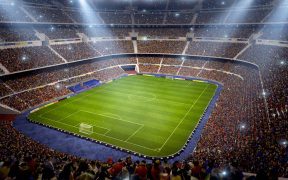Tag: 3D Modeling

Modeling with Incline Surfaces vs. Modeling Without: What’s the Impact?
May 17, 2017
One of the key benefits that set us apart from cellular & Wi-Fi network planning and design software is the ability to model incline surfaces. But why is this such a benefit? In this blog, I take a look at the value of being able to model incline surfaces by diving into a mini-case study of a […]
chat_bubble0 Comment
visibility2923 Views


